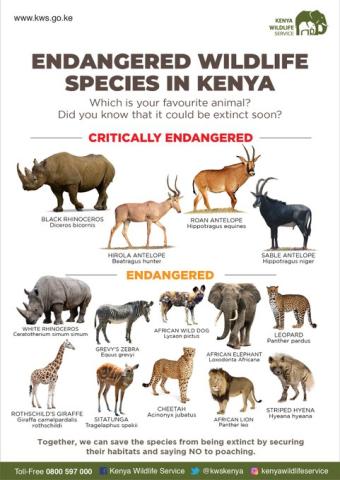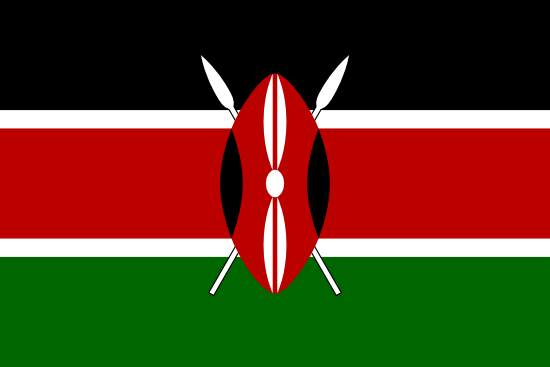Endangered black rhino numbers rise by 4.2% in Kenya
WWF-Kenya"We would like to acknowledge the vital role played by the@KWSKenya, and private and community conservancies in the conservation of the critically endangered black rhino. We are also extending a huge appreciation to our donors for their financial support that has enabled key partners to undertake their mandate of rhino conservation which has led to continuous growth as well as zero poaching in 2020." Geoffrey Chege - Rhino Programme Coordinator,
@WWF_Kenya . A conservation success for the mighty rhino. According to the@IUCN, there were an estimated 6,487 black rhinos living in Africa in 2022 – a 4.2% increase from the previous year! #blackrhino #wildlifeconservation #MondayMotivation
The black rhinoceros (Diceros bicornis) is a critically endangered species of rhinoceros native to Africa. It is the second-largest rhinoceros species after the white rhinoceros, and is the smallest of the five African rhinos. Black rhinoceroses are easily distinguished from white rhinoceroses by their pointed lips, which they use to grasp leaves and twigs.

Black rhinoceroses were once widespread across Africa, but their populations have declined by over 90% in the past century due to poaching for their horns, which are used in traditional Chinese medicine. Today, black rhinoceroses are found only in a few isolated populations in eastern and southern Africa.
Kenya is home to one of the largest populations of black rhinoceroses in Africa, with an estimated 750 individuals. However, this population is still under threat from poaching, habitat loss, and competition from other herbivores.
The Kenyan government is working to conserve black rhinoceroses through a number of initiatives, including:
- Protecting black rhinoceros habitat: The government has established a number of protected areas for black rhinoceroses, and is working to improve the management of these areas.
- Reducing poaching: The government has increased anti-poaching patrols, and is working to reduce demand for rhino horn.
- Educating the public: The government is working to raise awareness of the plight of black rhinoceroses, and to encourage people to support conservation efforts.
These efforts are helping to protect black rhinoceroses in Kenya, but the species is still critically endangered. Continued conservation efforts are essential to ensure the survival of this iconic species.

